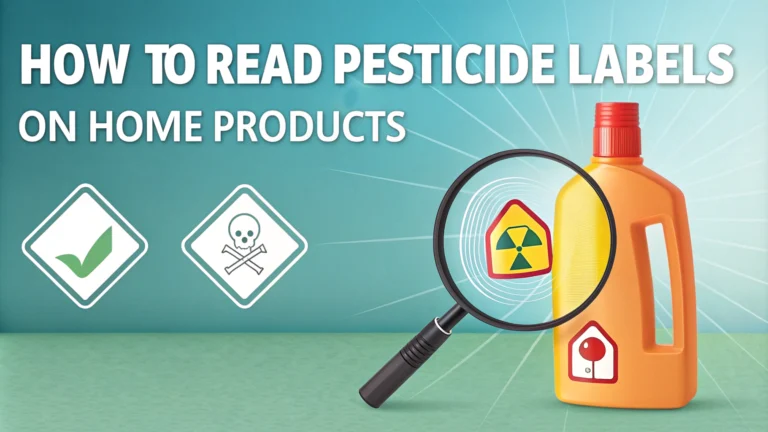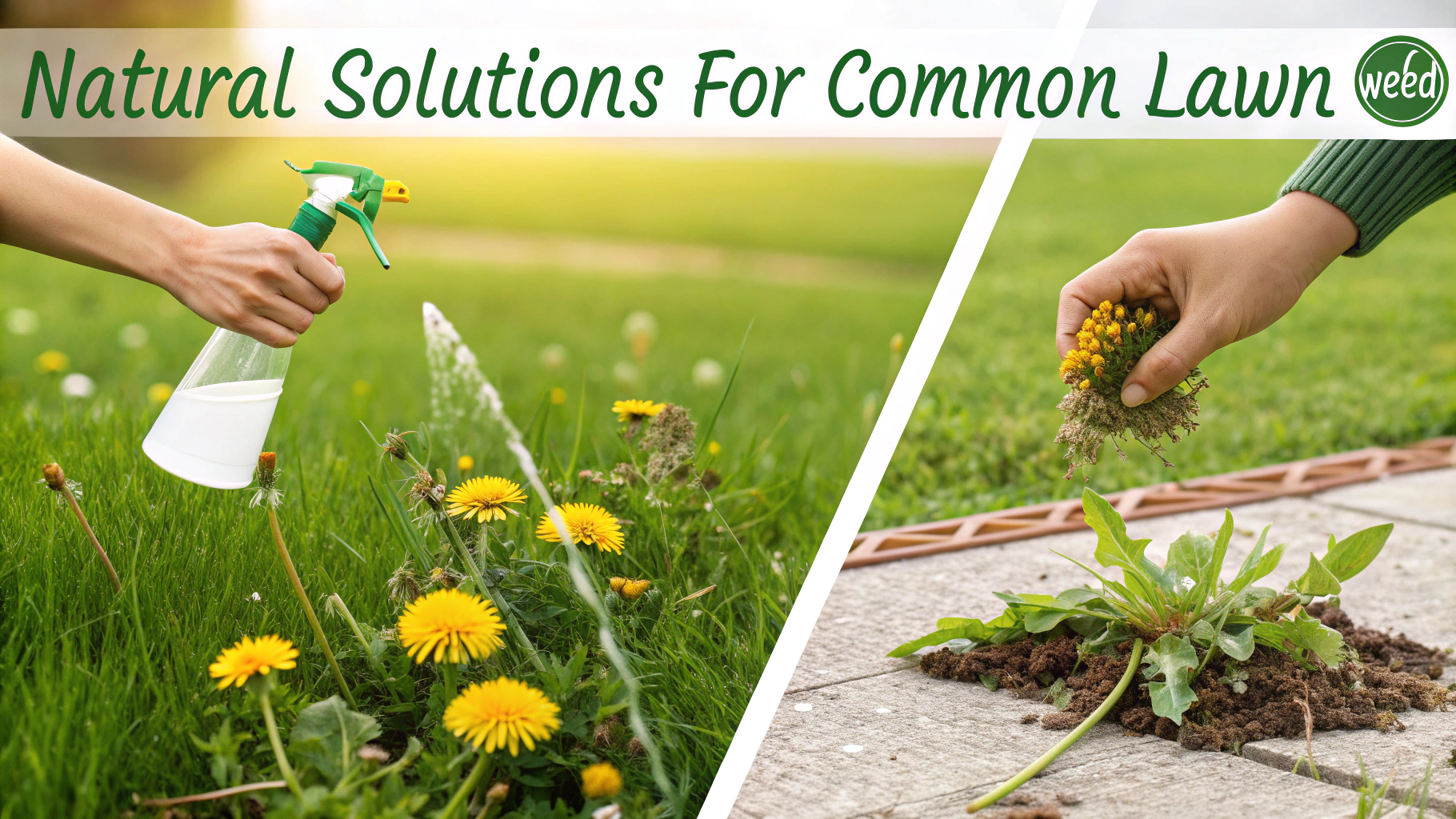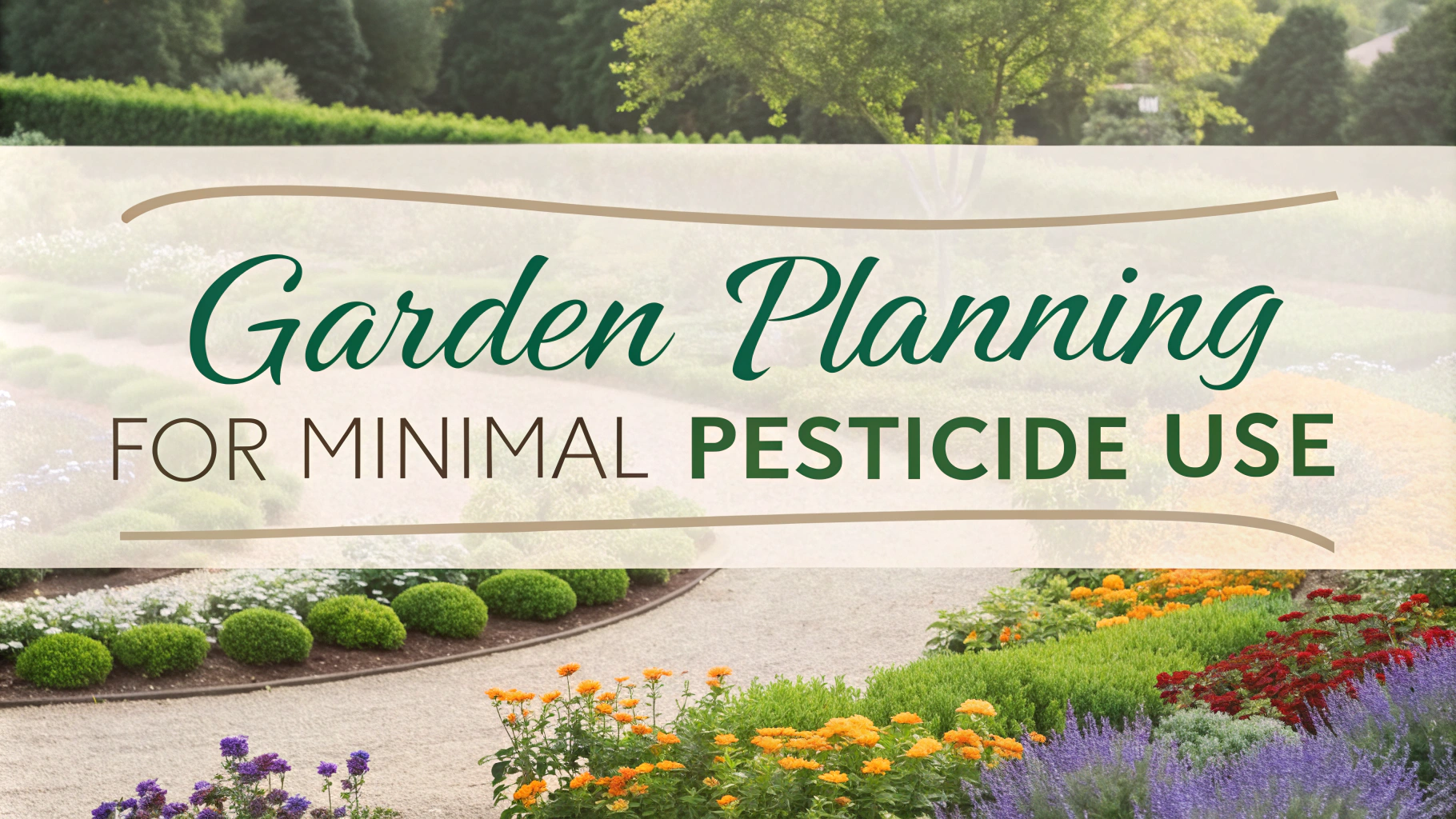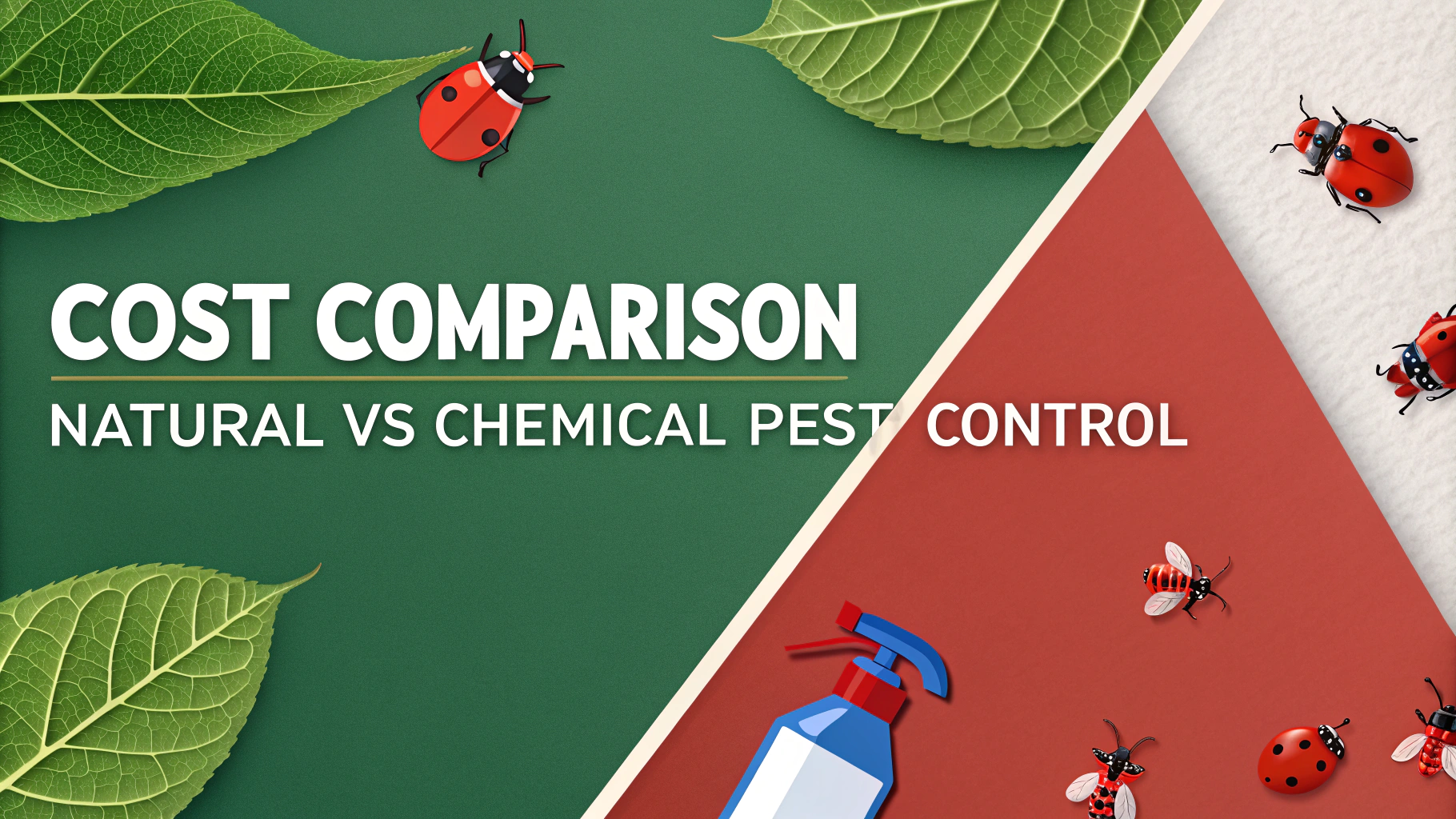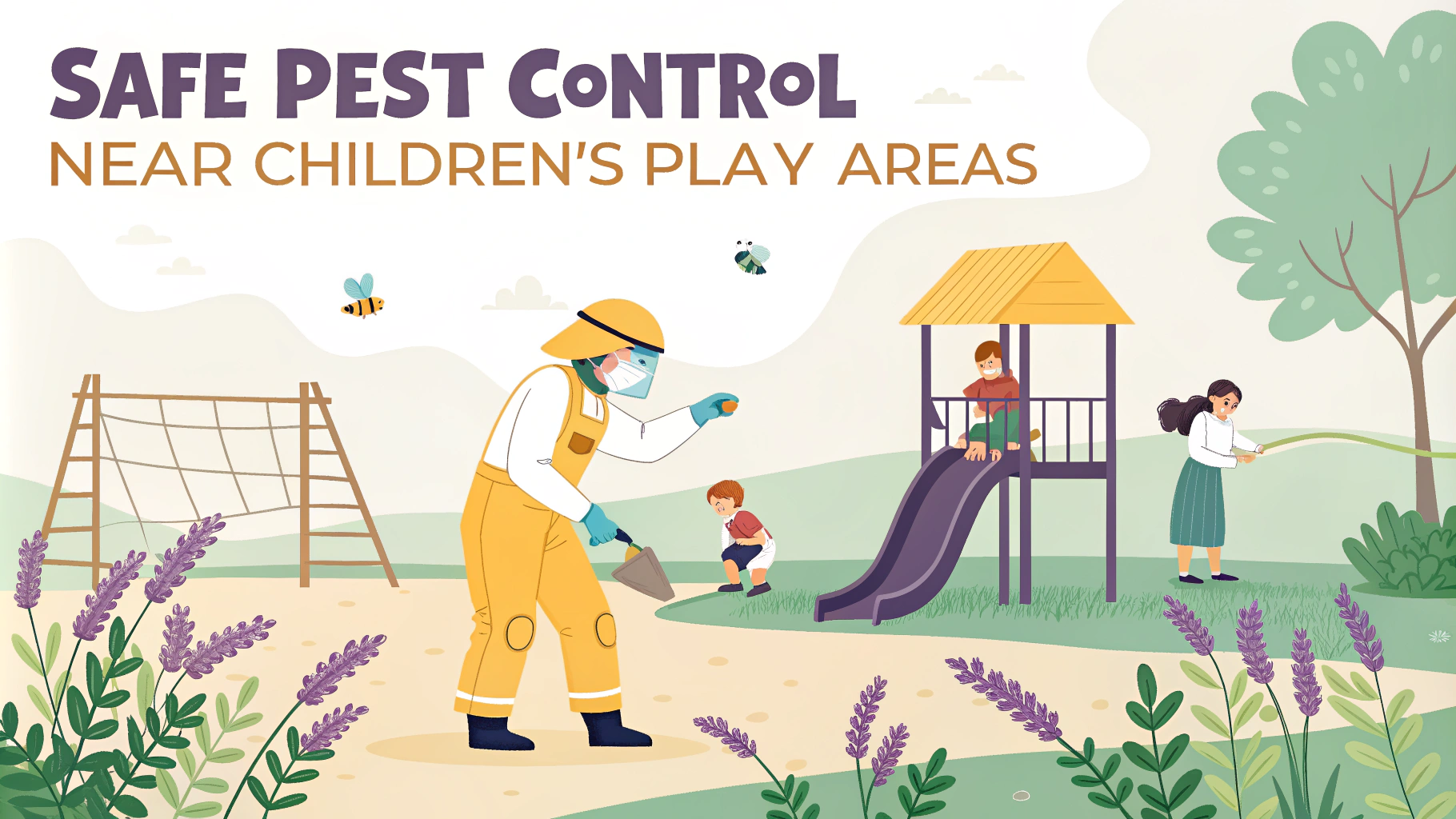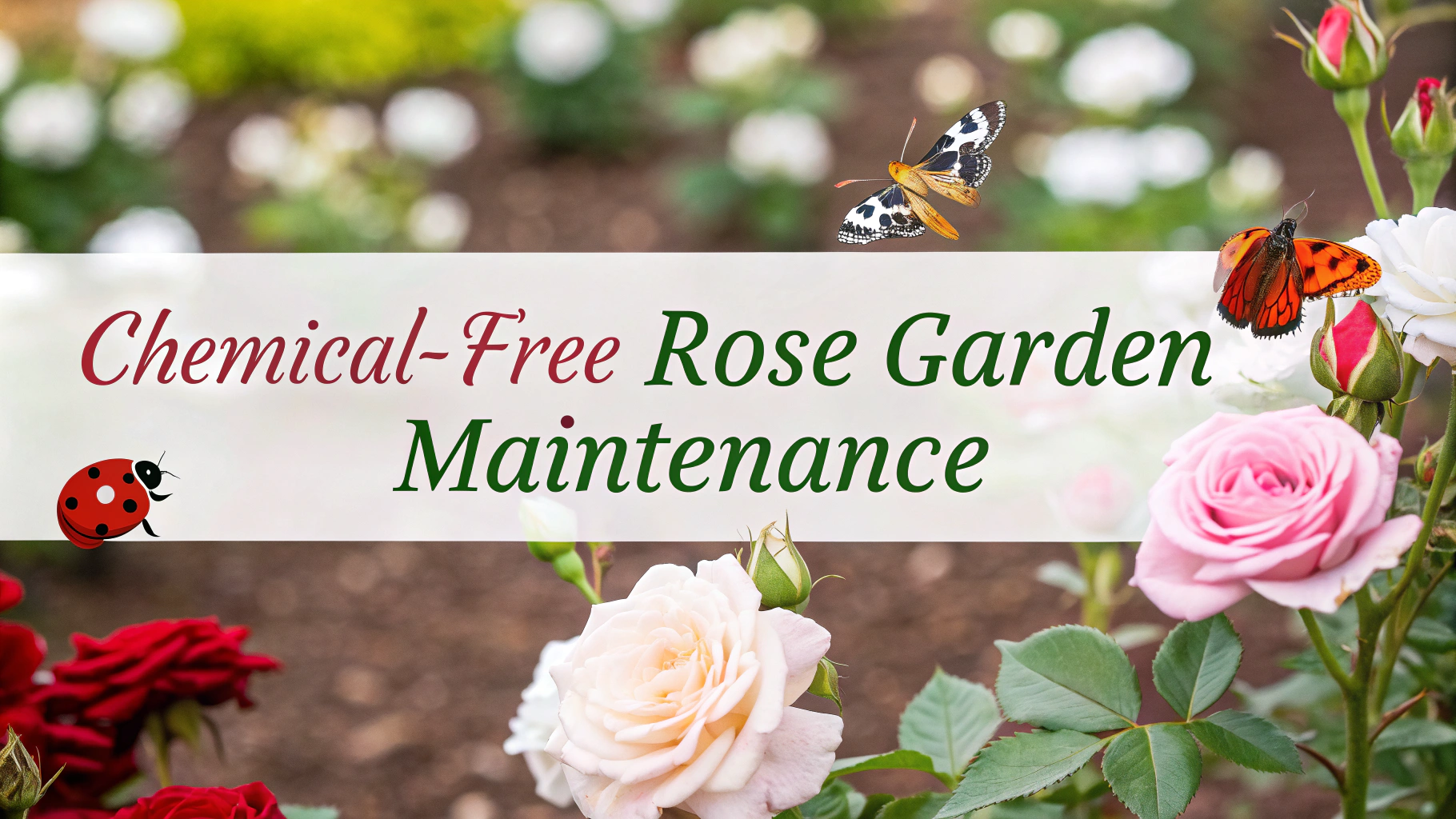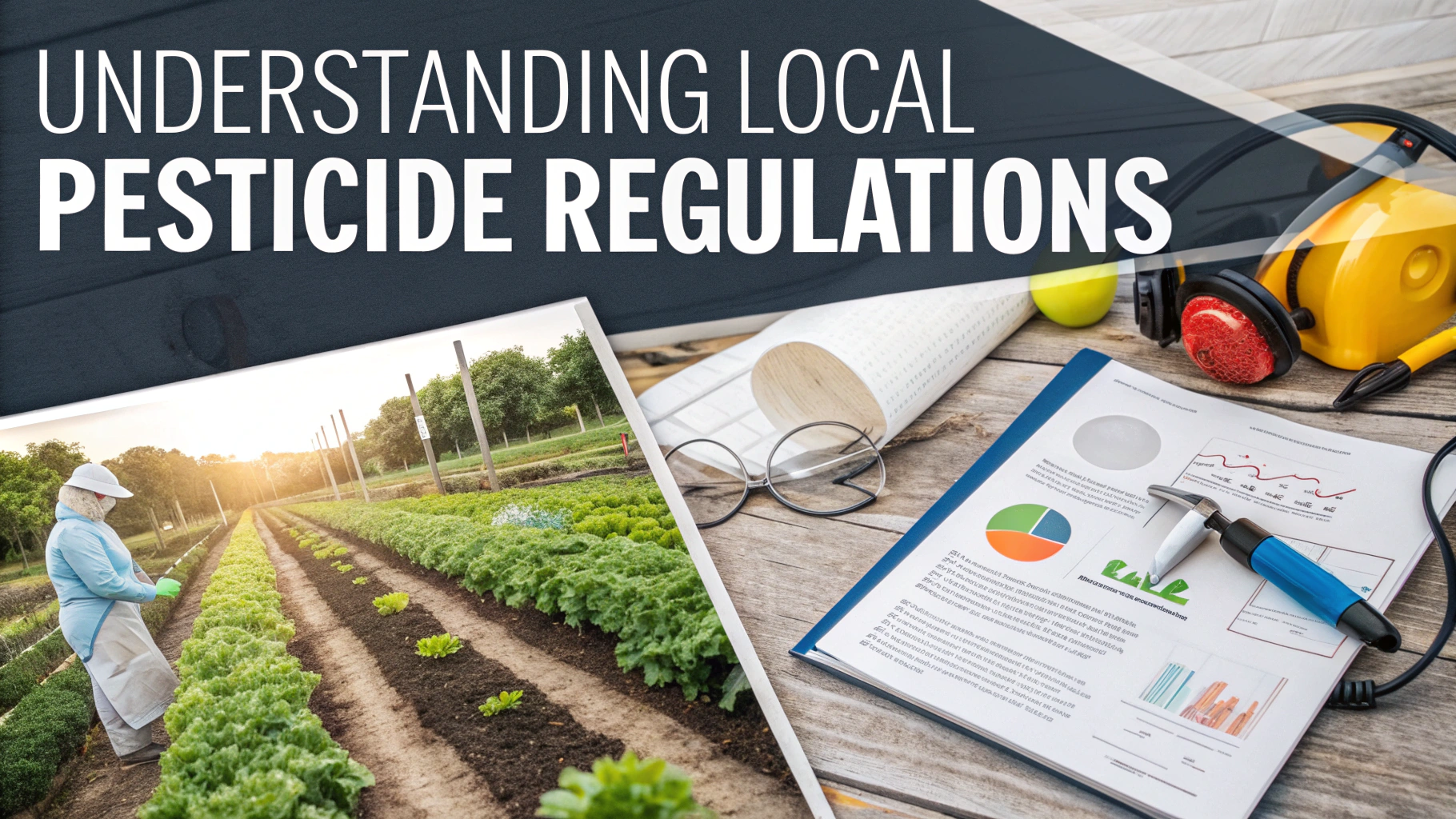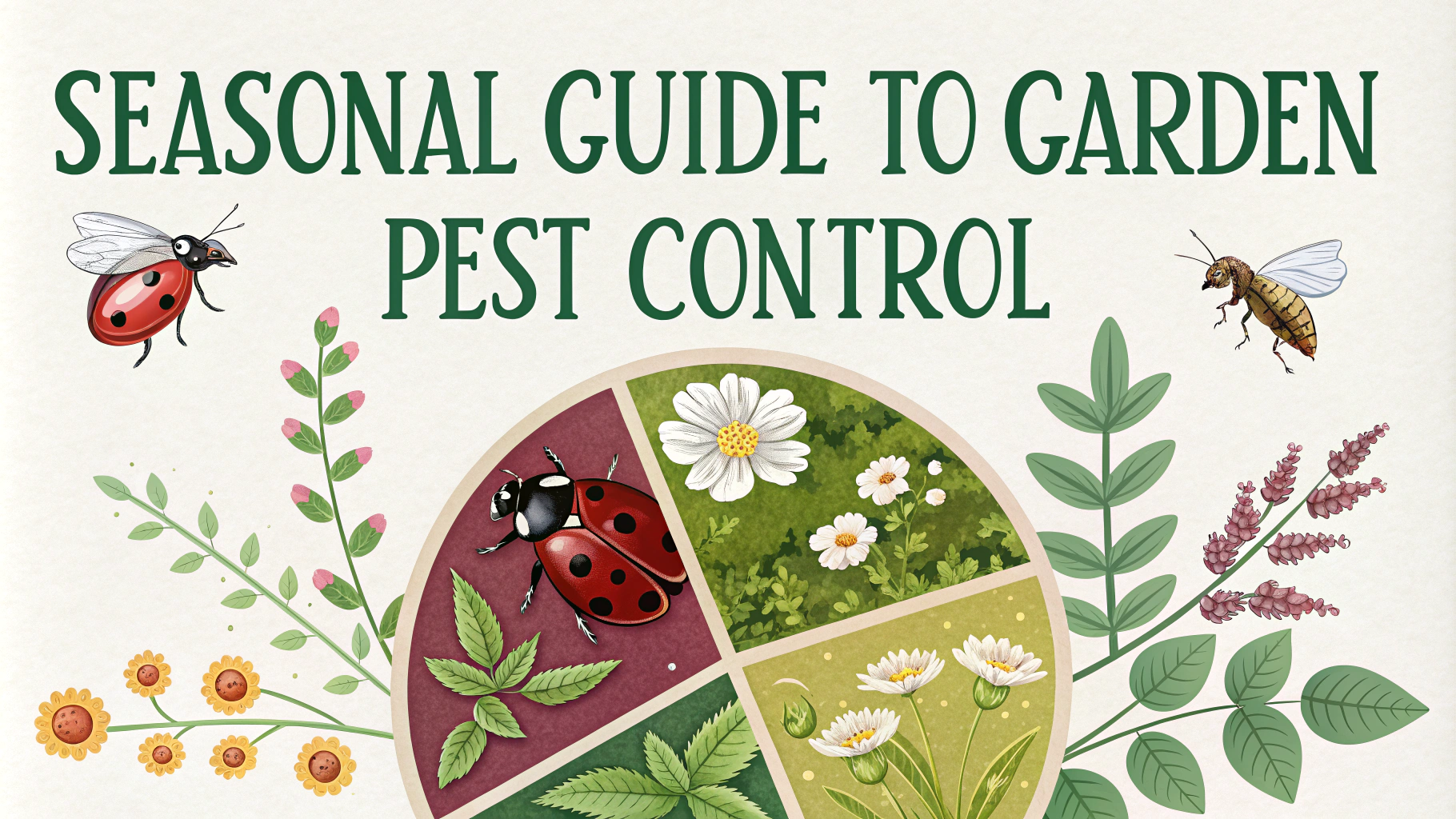Reading pesticide labels correctly helps protect your family, pets, and the environment while ensuring effective pest control.
Finding the EPA Registration Number
The EPA registration number, found on every legal pesticide product, confirms the product has been reviewed for safety by the Environmental Protection Agency.
Understanding Signal Words
- CAUTION: Slightly toxic – can cause minor eye or skin irritation
- WARNING: Moderately toxic – can cause serious eye or skin damage
- DANGER: Highly toxic – can cause severe or permanent injury
Key Sections to Review
- Active Ingredients: Lists the chemicals that control the target pest
- Precautionary Statements: Explains specific hazards and safety measures
- First Aid: Provides emergency treatment instructions
- Directions for Use: Details proper application methods and amounts
- Storage and Disposal: Explains how to store and dispose of the product safely
Quick Safety Tips
- Read the entire label before each use
- Wear recommended protective equipment
- Follow mixing instructions exactly
- Note re-entry times after application
- Keep products in original containers
Common Label Restrictions
Pay attention to weather conditions, proximity to water sources, and waiting periods between applications.
Emergency Contact Information
- Poison Control Center: 1-800-222-1222
- National Pesticide Information Center: 1-800-858-7378
- EPA SafeR Choice Program: 202-564-8955
Environmental Warnings
Check for bee warnings, water contamination risks, and specific environmental hazards listed on the label.
Storage Requirements
- Store in original container
- Keep away from food and pet areas
- Maintain proper temperature range
- Lock away from children and pets
Disposal Guidelines
Never pour pesticides down drains or into water sources – check local waste disposal facilities for proper handling procedures.
Record Keeping
Document application dates, amounts used, and any observed effects for future reference.
Call your local poison control center immediately if accidental exposure occurs, even if symptoms seem mild.
Application Methods
Different pesticides require specific application techniques for maximum effectiveness and safety. Follow label instructions for proper dilution rates and application equipment.
Common Application Types
- Spray application: Fine or coarse droplets
- Granular spreading: Dry pellets or crystals
- Dust application: Powder form products
- Fumigation: Gas or vapor treatments
Weather Considerations
- Avoid application during high winds
- Check rain forecasts for proper timing
- Monitor temperature requirements
- Consider humidity levels for effectiveness
Special Populations Protection
Take extra precautions when applying pesticides in areas frequented by:
- Children and elderly
- Pregnant women
- Pets and wildlife
- Beneficial insects
Conclusion
Proper pesticide label reading and adherence to instructions is crucial for safe and effective pest control. Always prioritize safety measures, maintain accurate records, and stay informed about local regulations and environmental considerations. When in doubt, consult professionals or contact the manufacturer for clarification.
Remember: The label is the law – following its instructions is not just recommended, it’s required by federal regulations.
FAQs
- What are the most important sections to look for on a pesticide label?
The most important sections are the active ingredients, EPA registration number, signal words (Caution, Warning, or Danger), precautionary statements, directions for use, and storage/disposal instructions. - What do the signal words on pesticide labels mean?
“Caution” indicates slightly toxic products, “Warning” indicates moderately toxic products, and “Danger” indicates highly toxic products that require extreme care in handling. - Where can I find the concentration of active ingredients on the label?
Active ingredients are always listed on the front panel of the label, shown as a percentage by weight of each active ingredient in the product. - How long should I keep pesticide products in storage?
Most pesticides should be stored in their original containers for no longer than two years from the purchase date, unless the label specifically states otherwise. - What does the EPA registration number on the label indicate?
The EPA registration number confirms that the pesticide product has been reviewed and approved by the Environmental Protection Agency for use according to label directions. - How do I interpret the re-entry interval on pesticide labels?
The re-entry interval indicates the minimum time that must pass after application before people or pets can safely return to the treated area. - What does PPE mean on pesticide labels?
PPE stands for Personal Protective Equipment, which specifies what safety gear (such as gloves, goggles, or masks) must be worn when applying the product. - How do I find the correct dilution rates on the label?
Dilution rates are listed in the “Directions for Use” section, typically showing amounts per gallon of water or specific measurements for the application area. - What environmental hazard warnings should I look for on the label?
Look for warnings about bee protection, water contamination, endangered species protection, and groundwater advisories in the environmental hazards section. - Where can I find first aid instructions on pesticide labels?
First aid instructions are prominently displayed on the label, usually in a boxed section, indicating specific steps to take if the product is swallowed, inhaled, or contacts skin or eyes.
